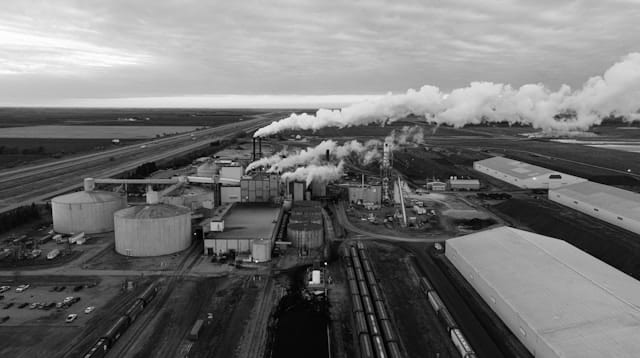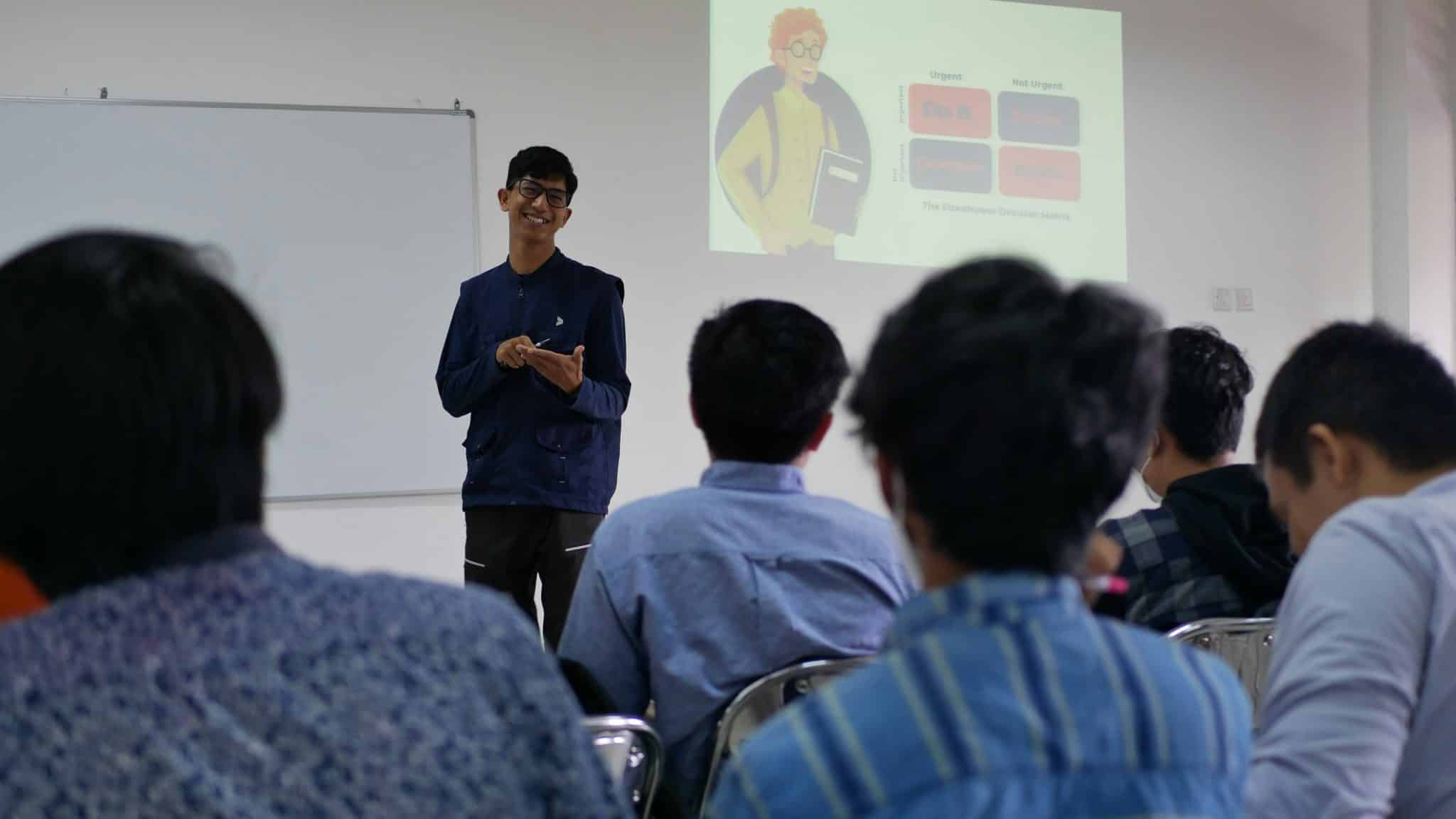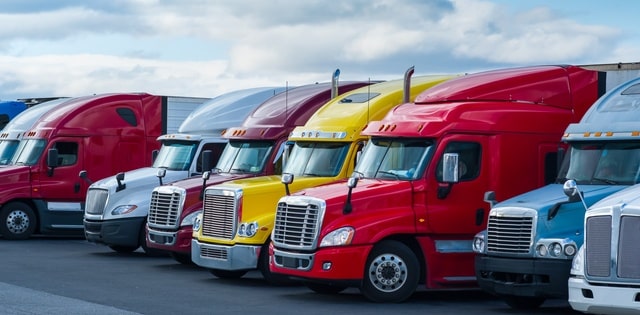5 Carbon Capture Challenges for Manufacturing Businesses


With the ongoing urgency to address climate change, manufacturing businesses are facing pressure to reduce their carbon emissions. The manufacturing and production sectors are responsible for one-fifth of the world’s carbon emissions, according to figures from the World Economic Forum. Additionally, the industry contributes significantly to the environmental burden, consuming 54% of the world’s energy sources.
Fortunately, there is a workable solution to the emission issue with carbon capture and storage (CCS) technology. By collecting and burying the emissions from industrial operations, it reduces the negative effects of industry. Carbon removal companies are leading the way in implementing this technology. However, a few intrinsic problems may make it difficult for manufacturing businesses to apply the method.
In this article, we can help you understand the challenges you may encounter when trying to meet sustainability goals through carbon capture.
Challenge #1: Upfront Costs and Investment
The upfront costs and investment in carbon capture technology can be a major concern for manufacturers. Estimates show technology can cost $120 a ton in power generation and cement production. While the cost may differ depending on the technology and the project’s location, it can be unaffordable for companies with less resources.
Investigating new technology developments that streamline the process is the ideal strategy to handle the substantial investment. Economies of scale can also be taken into account to gradually reduce the system’s costs. To support sustainable firms, governments could contribute by providing grants, tax credits, and other financial incentives.
Challenge #2: Energy Consumption
While carbon capture processes aim to drive sustainability, they can be energy-intensive as capturing, transporting, and storing carbon dioxide requires additional power. The high may even offset the environmental benefits of the process if electricity is sourced from fossil fuels. This defeats the very purpose of the initiative.
Atoco notes that technologies such as novel reticular materials can effectively extract carbon dioxide directly from the atmosphere (or at the emission source) without being energy-intensive. The solid-state modules also minimize the health and safety concerns related to the process. Utilizing renewable energy to power carbon capture systems is another way to mitigate the energy consumption issue.
Challenge #3: Scale and Integration
Integrating carbon capture systems into the existing industrial processes is another challenge you may encounter. Large-scale industrial facilities with diverse operations and complex production lines may struggle with complications of integration. Trying to retrofit existing infrastructure to accommodate a new technology can affect production efficiency and operational costs in the long run.
Before implementing the initiative, you must conduct thorough engineering assessments and feasibility studies to identify the most suitable integration strategies. The idea is to find ways to achieve it seamlessly without a major disruption or change. Modular systems may be ideal as businesses can easily integrate them into existing infrastructure. This simplifies the implementation process and drives cost efficiency.
Challenge #4: Regulatory Uncertainty
Businesses can not implement Carbon Capture and Sequestration (CCS) projects on a whim. In most cases, they should be authorized by several local, state, federal, private, and/or tribal agencies. They also need to follow several regulatory acts to be on the right side of the law. At times, uncertainty around government policies and emissions regulations can deter businesses from investing in the project.
Incentives and a clear regulatory framework can help companies overcome the hesitation regarding long-term investments in carbon capture technology. Incentives like tax credits and subsidies offer financial support for the implementation of these projects.
Similarly, governments can provide regulatory certainty with clear emissions reduction targets and carbon pricing mechanisms. This will create a more favorable environment for businesses to adopt the carbon capture initiative.
Challenge #5: Storage and Transportation
Carbon capture from the atmosphere or emission source is only half the work. The other half involves safely transporting and storing it underground. This can pose significant logistical challenges for manufacturing businesses. They may struggle to identify suitable storage sites, ensure long-term storage integrity, and establish transportation infrastructure.
Manufacturers can address the problem by forming strategic alliances with government organizations, energy businesses, and academic institutions. To make the process easier, these partners might assist in building infrastructure for storage and transportation.
For example, pipeline networks can aid in transporting carbon dioxide to appropriate storage locations. Furthermore, businesses could consider alternate modes of transportation such as rail or shipping.
In conclusion, although implementing carbon capture technology might not be easy, it can assist in reducing greenhouse gas emissions from manufacturing processes. Along the journey, manufacturers could run into several difficulties.
Policymakers, research bodies, and business stakeholders can effectively solve these obstacles by working together. Despite the effort, the endeavor is valuable because it opens the door to sustainable development and clean industrial processes.









